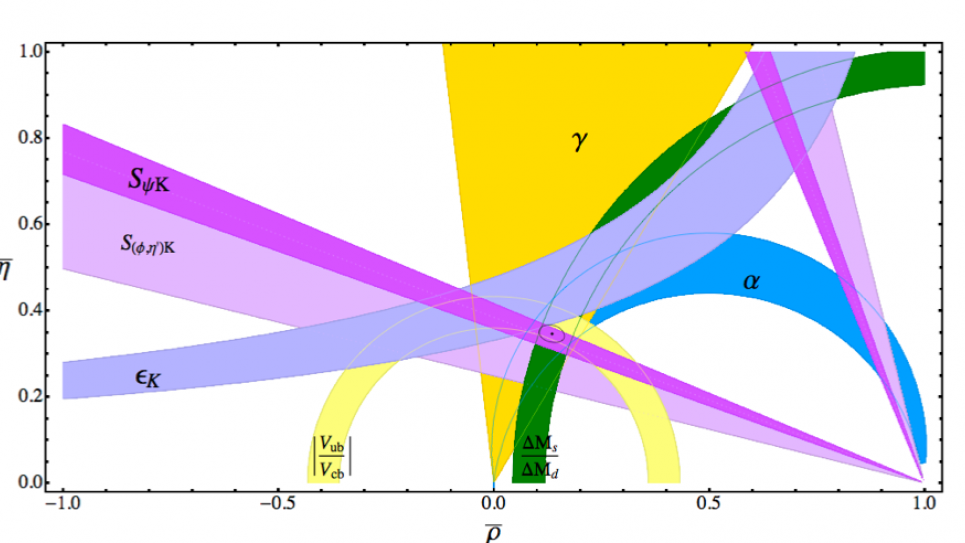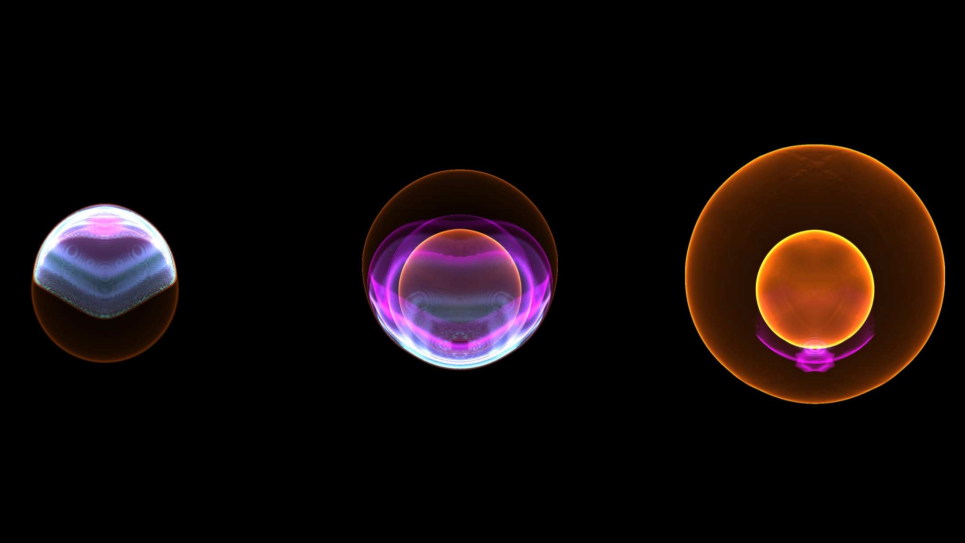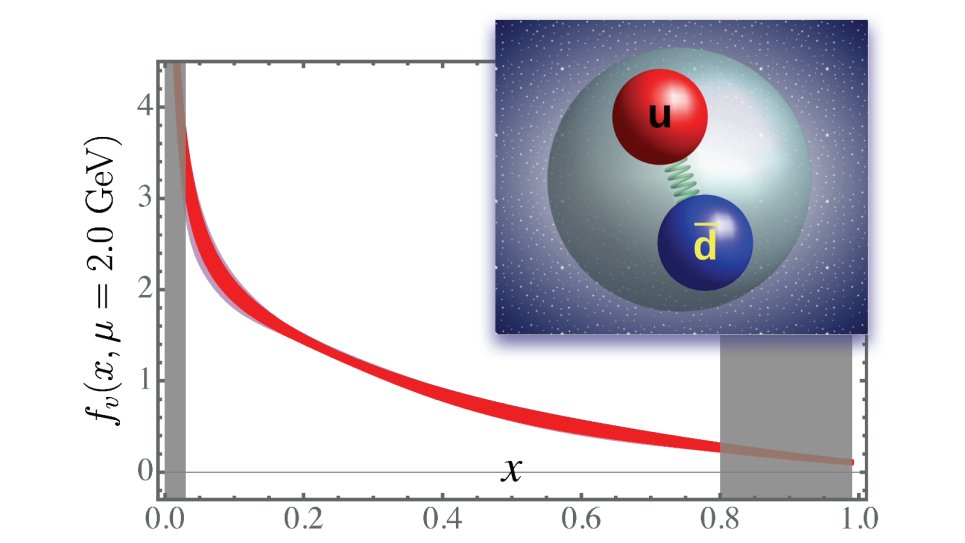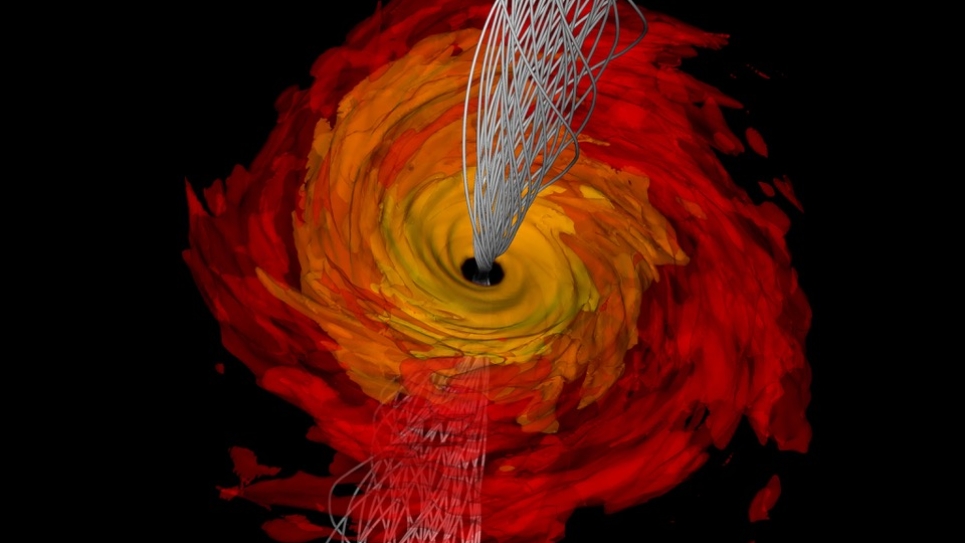
Lattice QCD
Scientists have long sought to understand the basic building blocks of nature. While the behavior of particles such as protons and neutrons is well understood, less is known about the interactions of quarks and gluons, which compose them, the even-smaller particles that make up protons and neutrons. Because they interact very differently than larger particles, the study of interactions between quarks and gluons, Quantum Chromodynamics (QCD), requires different methodology. With the help of supercomputers, scientists use a four-dimensional lattice representation of space-time to analyze QCD.
This research aims to deepen the understanding of the interactions of quarks and gluons, the basic constituents of 99 percent of the visible matter in the universe. It will play a key role in ongoing efforts to develop a unified theory of the four fundamental forces of nature.
Scientists conducting QCD research have logged over 300 million core hours on the Blue Gene/P at the Argonne Leadership Computing Facility (ALCF). The scientists have generated gauge configurations with up, down, and strange quarks on lattices that are sufficiently fine-grained and have sufficiently small up and down quark masses to enable the extrapolation of key quantities to their physical values found in nature. The gauge configurations are being used to determine a wide range of important physical quantities in high energy and nuclear physics.
With the use of the Blue Gene/P, the generation of gauge configurations has been accelerated in many cases by a factor of 5 to 10 over what was previously possible with other machines.
Domain-wall configuration ensembles of lattice spacings 0.114 femtometers (fm) and 0.086 fm have been completed on lattices of sizes 243x64 and 323x64, respectively. These are the largest domain-wall lattices ever attempted. For the staggered quarks, a set of runs with a lattice spacing of 0.06 and 0.045 fm have been completed. These are the most challenging staggered ensembles generated to date.
These ensembles are currently being analyzed at the ALCF and elsewhere in studies of the decays and mixings of particles containing heavy quarks to enable major improvements in determining a number of elements of the CKM matrix. These calculations are enabling precise tests of the Standard Model, aiding in a deeper understanding of fundamental physics.
Improved versions of both methods for lattice fermions are under way. For domain-wall fermions, a new method has been developed (the “AuxDet” method) that will permit a closer approach to the physical, light quark limit. For staggered fermions, an improved discretization method has been developed (“hisq” fermions) that substantially reduces discretization errors. New ensembles with the improved methods are expected soon.


